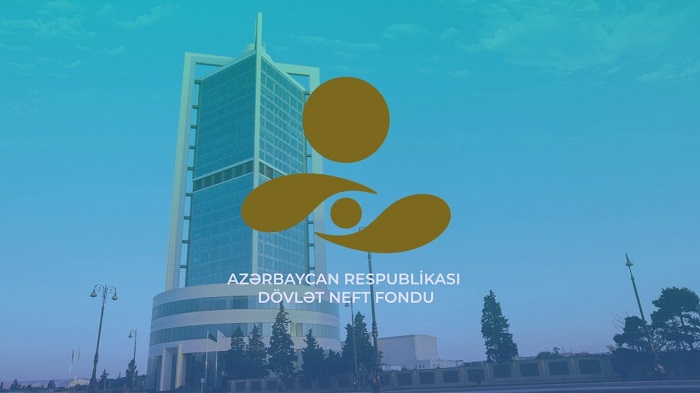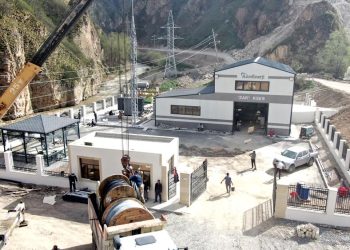The liquidity of Azerbaijan’s energy company SOCAR must remain adequate for repaying the debt and funding the capital expenditure program, even in case of the decline in oil prices, Standard & Poor’s reported on February Feb. 4.
 “SOCAR has materially cut its capital expenditures, which should enable the company to generate positive free operating cash flow, even in the current environment,” the statement said. “The agency also anticipates continuing ongoing support from the government, including our expectation that the government will finance part of SOCAR’s capital expenditures in 2016.”
“SOCAR has materially cut its capital expenditures, which should enable the company to generate positive free operating cash flow, even in the current environment,” the statement said. “The agency also anticipates continuing ongoing support from the government, including our expectation that the government will finance part of SOCAR’s capital expenditures in 2016.”
S&P lowered its long-term corporate credit rating on Azerbaijan’s national oil company SOCAR, to ‘BB’ from ‘BB+’. The outlook is stable.
S&P’s assessment of SOCAR’s stand-alone credit profile (SACP) remains unchanged at ‘bb-‘.
“The rating on SOCAR reflects our view of the extremely high likelihood that its owner, the government of Azerbaijan, would provide extraordinary support to the company,” the statement said. “In line with our methodology for rating GREs, we view SOCAR’s role in the country’s economy as critical.”
“The company plays a central role in Azerbaijan’s most strategic sector, oil and gas,” the statement said. “SOCAR is the country’s largest employer and a substantial taxpayer, and it has important social mandates and a monopoly in refining and petrochemicals.”
It is also a minority shareholder and the government’s representative in Azerbaijan’s largest internationally led upstream projects such as ACG (11.6461% ownership).
The agency could raise the rating on SOCAR if the agency was to raise the rating on Azerbaijan.
 “The agency does not see a strong likelihood of a positive rating action in the next year or two, given the oil price outlook,” the statement said. “Subject to the sovereign rating, we could consider an upgrade over time if SOCAR’s SACP improves by two notches to ‘bb+’, which could be achieved only as a result of lower capital investment commitments and oil prices quickly recovering to above our long-term price assumption of $50 per barrel.”
“The agency does not see a strong likelihood of a positive rating action in the next year or two, given the oil price outlook,” the statement said. “Subject to the sovereign rating, we could consider an upgrade over time if SOCAR’s SACP improves by two notches to ‘bb+’, which could be achieved only as a result of lower capital investment commitments and oil prices quickly recovering to above our long-term price assumption of $50 per barrel.”
In S&P’s revised base-case scenario for SOCAR we assume:
A Brent crude oil price of $40 per barrel in 2016, $45 in 2017, and $50 from 2018 onward.
About 1% decline in oil production in 2016, then stabilizing at about 9.6 million tons, including production sharing agreements and the share in Azeri-Chirag-Guneshli (ACG).
 Stable gas production, as declining own production should be offset by an increase at Shah Deniz.
Stable gas production, as declining own production should be offset by an increase at Shah Deniz.
Continued government support to finance SOCAR’s participation in major projects, such as TANAP (the Trans-Anatolian gas pipeline), ACG, and Shah Deniz, with equity injections.
Capital expenditures of 1.5 billion-1.6 billion manat in 2016-2017.
Distribution to the government of about 0.4 billion manat.
S&P expects that the exchange rate of manat to $1 will hit on average 1.6 AZN/USD this year.
Based on these assumptions, we arrive at the following credit measures:
Funds from operations (FFO) to debt of 30%-35%. Debt to EBITDA of 2.0-2.5.











